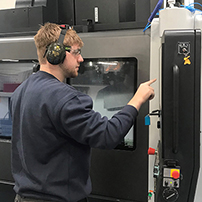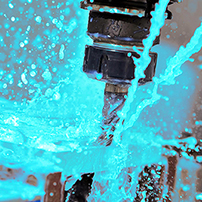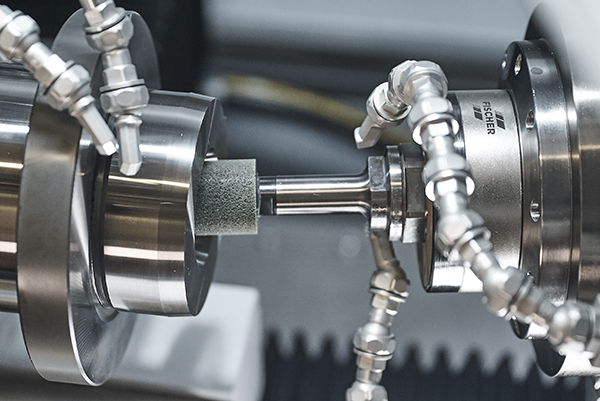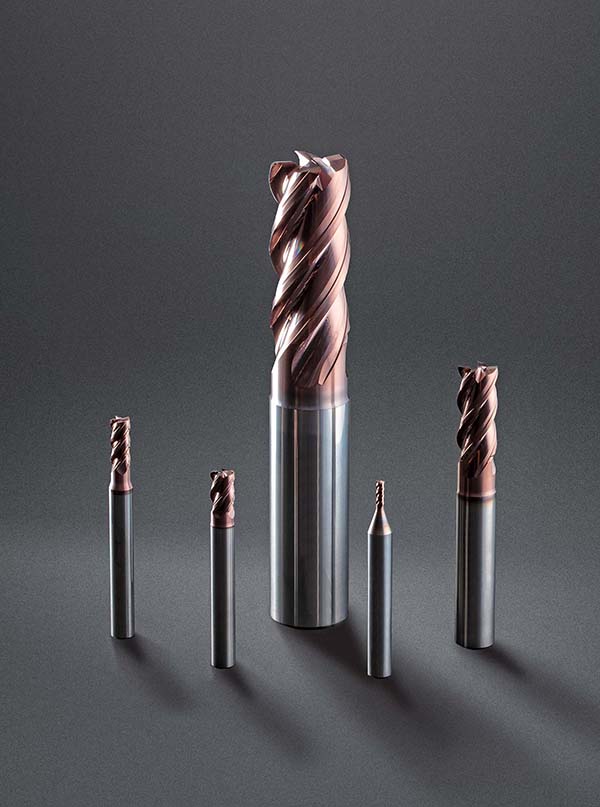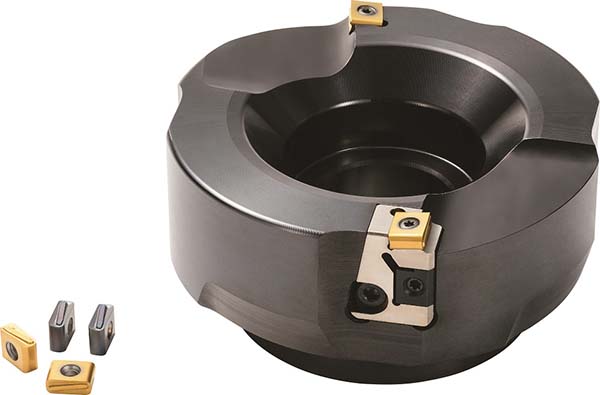Industrial lubrication expert Rocol has launched UltraCut 370EP, a semi-synthetic fluid that can be utilised as a coolant for both cutting and grinding operations.

Developed in the UK, the new coolant contains Rocol’s proprietary EP (Extreme Pressure) additive package, ensuring it enhances medium to heavy-duty machining performance, while simultaneously offering surface finish and component quality enhancements, and extending tool life. Furthermore, the semi-synthetic, water-miscible metalworking fluid has been formulated for application on ferrous and non-ferrous materials, meeting stringent industry requirements and minimising the corrosion and staining of components with its residual corrosion protection. Featuring a special blend of additives, UltraCut 370EP is tolerant to tramp oil, retains a low level of foaming and is durable for use in both hard and soft water environments.
When mixed with water, UltraCut 370EP forms a translucent blue micro-emulsion that provides a clear view of both the component and work envelope during machining and grinding applications. The fluid can be applied in dilution ratios from 30:1 to 75:1, with ratios adjusted depending on the machine tool, workpiece material, water hardness, application and severity of operation.
With high dilution ratios possible, Rocol says that UltraCut 370EP will provide significant cost savings, with a single barrel capable of providing up to 15,200 litres of fluid. For grinding processes, the advised dilution with water should be 50:1 to 75:1, depending on operation severity.
UltraCut 370EP is free from components such as bactericides, chlorine, formaldehyde, nitrites, silicone and any animal-derived materials.
For further information
www.rocol.com







